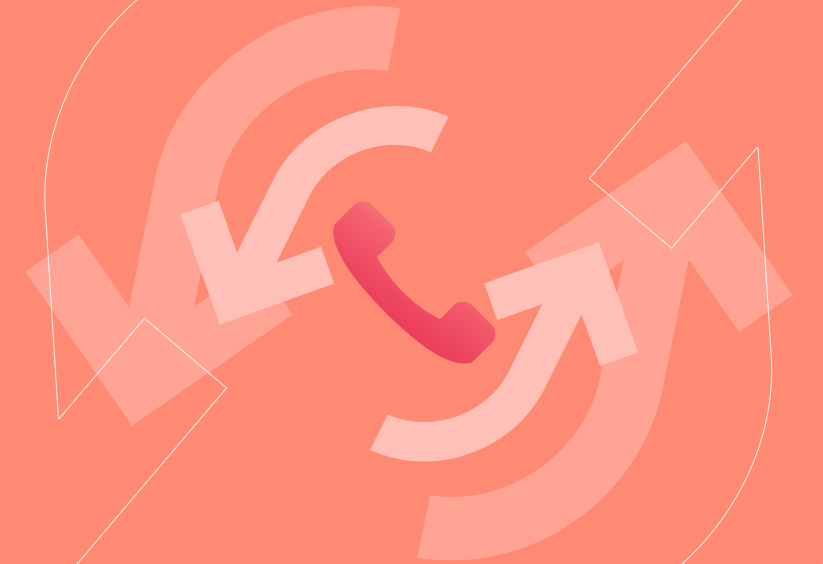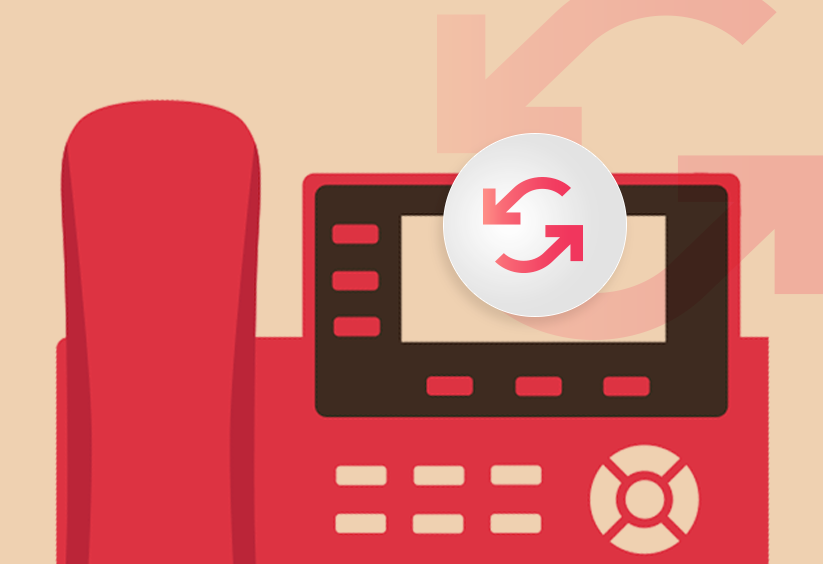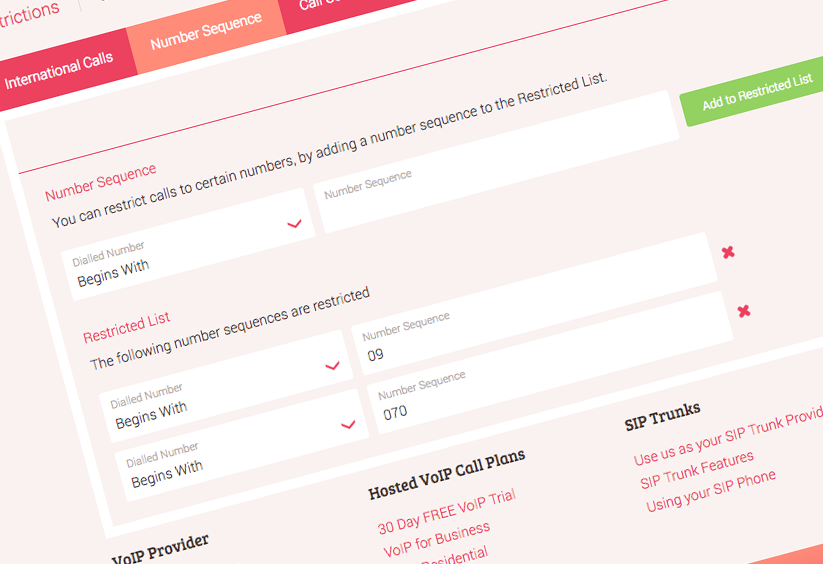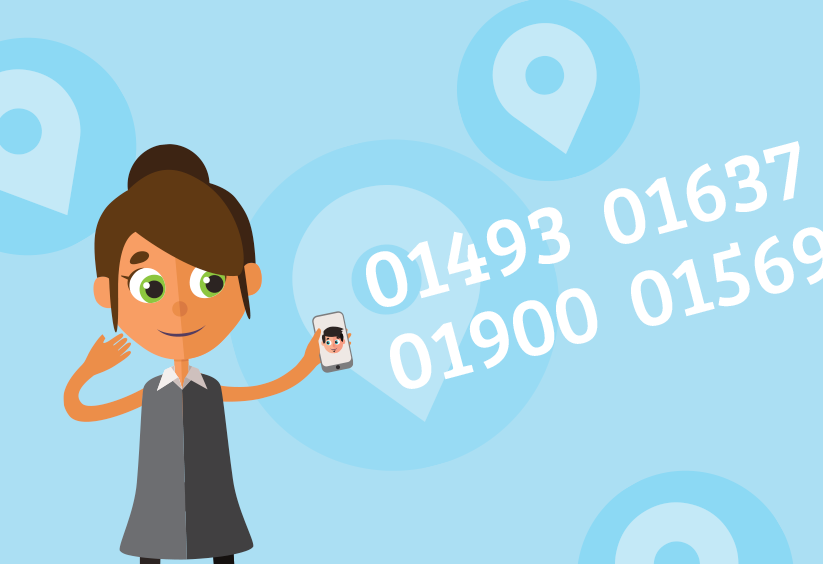Cart Total
$0.00
-
Your shopping cart is empty
Loading

Hello! Log in Your Account
New customer? Start here


|
5 min read
Contents
Quick Summary
Exit codes and country codes: what are they, why do we need them and how do we use them?
An exit code is a country-specific dial code that anyone can enter before inputting a number to inform their provider that the call should be routed internationally. Exit codes are entered when dialling out to another international country.
Though exit codes vary by country, there’s a lot of overlap. Usually, an exit code is a two- or three-digit code consisting of 0s and 1s. Used by over 200 countries, 00 is the most common exit code, and is used when dialling an international number from countries such as the UK, France and Germany for example. There are a few exceptions though, for example, Russia’s exit code is 810 and the exit code for the United States is 011.
No matter where you are in the world, the ‘+’ symbol can be used to instruct the service provider that this is an international call and they should prepend the appropriate exit code to the phone number. By combining the + symbol with a country code we have a simple, memorable system for telling service providers that a call is intended for a foreign destination.
Country codes are short dial codes that tell the provider which country to route the call to. These come after the exit code or, in most instances, after the + symbol (since a + symbol is typically used in place of the exit code).
Unlike exit codes, each country code is unique. Every country has its own country code and international calls will be routed to this country when the country code is specified before the phone number.
Typically, country codes will take the place of the leading 0 in the phone number that would occur when placing a call intra-nationally.
Without country codes and exit codes, we’d need to come up with a different system for telling providers where calls should be routed. The current format, with the + followed by the country code, seems to work sufficiently well. This way, people only have to find the country code they need to call their intended destination, rather than remember a combination of codes.
To provide a bit more background about country codes, this international phone number system was first introduced by the International Telecoms Union (ITU) in the 1960s, with the ITU consisting of representatives of every country's network provider.
Country dialling codes are part of the Telephone Numbering Plan, and were originally allocated by roughly splitting the world into 9 zones. So each world zone received its own number prefix, with some countries receiving three or two digit codes to offset longer domestic numbers.
Of course, if you conduct business internationally, it may be a step too far to expect your customers to make international calls to you. This is costly for your customers and could be the barrier preventing you from breaking through into a new overseas market.
An international phone number can help you here. If you’re a business that is conducting business abroad, an international phone number will give you a local presence at your target location, making it easier and more affordable for customers there to contact you. Look through our range of international business phone numbers now to get yours.
This list of most common telephone country codes will ensure that no matter where you are in the world, you’ll be able to dial the following country codes to inform the telephone service provider that the call is intended for the respective country. View our guide to UK STD phone numbers for an in-depth look at UK area codes.
+1 - US
+7 - Russia
+20 - Egypt
+30 - Greece
+31 - Netherlands
+33 - France
+34 - Spain
+39 - Italy
+41 - Switzerland
+44 - UK
+45 - Denmark
+46 - Sweden
+49 - Germany
+52 - Mexico
+55 - Brazil
+61 - Australia
+65 - Singapore
+66 - Thailand
+81 - Japan
+86 - China
+91 - India
+353 - Ireland


Learn how to choose a phone number for your business. Enjoy the benefits of memorability, professionalism and more when you pick the right business phone number for your needs.
Posted January 15 2025 | 7 min

You use area codes all the time when calling from your phone or Cloud PBX, but when was the first call made using a UK STD area code? Find out here.
Revised February 4 2022 | 32 min

Virtual phone numbers are numbers not bound to a physical fixed landline or sim card. Find out how these flexible phone numbers can be a benefit to your business.
Revised November 19 2021 | 10 min

With many types of phone number available, choosing the right one for your business isn't always easy. Today we help you decide which will be best for you.
Posted June 24 2021 | 5 min

If you're using a personal phone number, or too few business phone numbers, for your business, you're likely hurting instead of helping your bottom line.
Posted October 23 2020 | 4 min

Acquiring a business phone number need only take seconds. Not doing it will cost your business money. Here's why.
Posted July 7 2020 | 9 min

So you suddenly find yourself working remotely. Leverage modern technology and some international phone numbers and your business can grow its impact.
Posted April 1 2020 | 5 min

Your dashboard view of transferring phone numbers to Yay.com.
Posted December 6 2019 | 4 min

Find out how easy it is to transfer your current business phone numbers and benefit from our great call rates.
Posted June 3 2019 | 3 min

Enjoy control over your phone system and avoid unwanted VoIP call charges. Use your Cloud PBX to restrict premium rate call costs and block nuisance calls.
Posted December 8 2017 | 4 min

What makes a memorable phone number easier to remember? Learn how hosted VoIP and a memorable number can benefit your business.
Posted April 13 2017 | 4 min

We've made additional 01493, 01637, 01900 and 01569 area codes available, to provide you with more phone number choices for business and home.
Posted February 23 2017 | 3 min

Find out about 0203 London phone numbers, and how, with a VoIP phone system, they can help establish your business presence in the London and surrounding areas.
Posted January 11 2017 | 4 min

Find out how local phone numbers can be advantageous to your business. Couple with a VoIP phone system for further benefits.
Posted December 13 2016 | 3 min